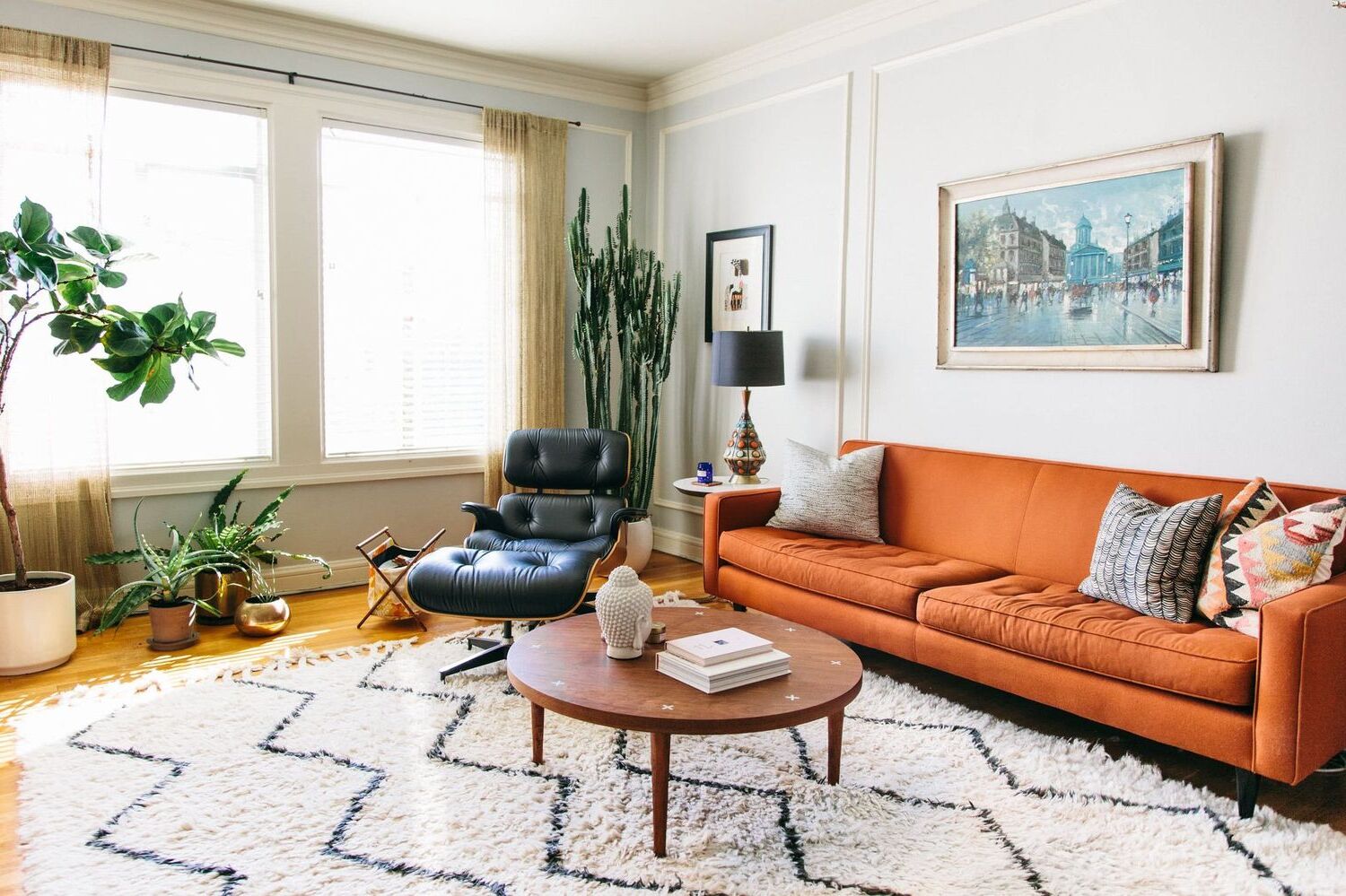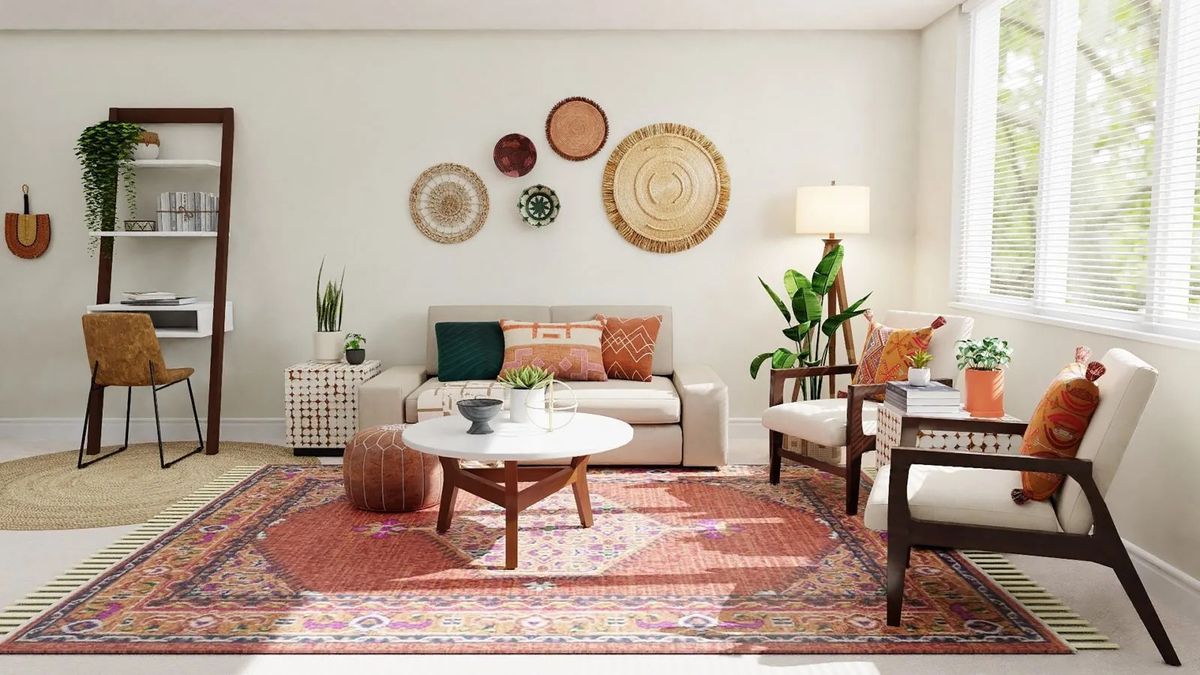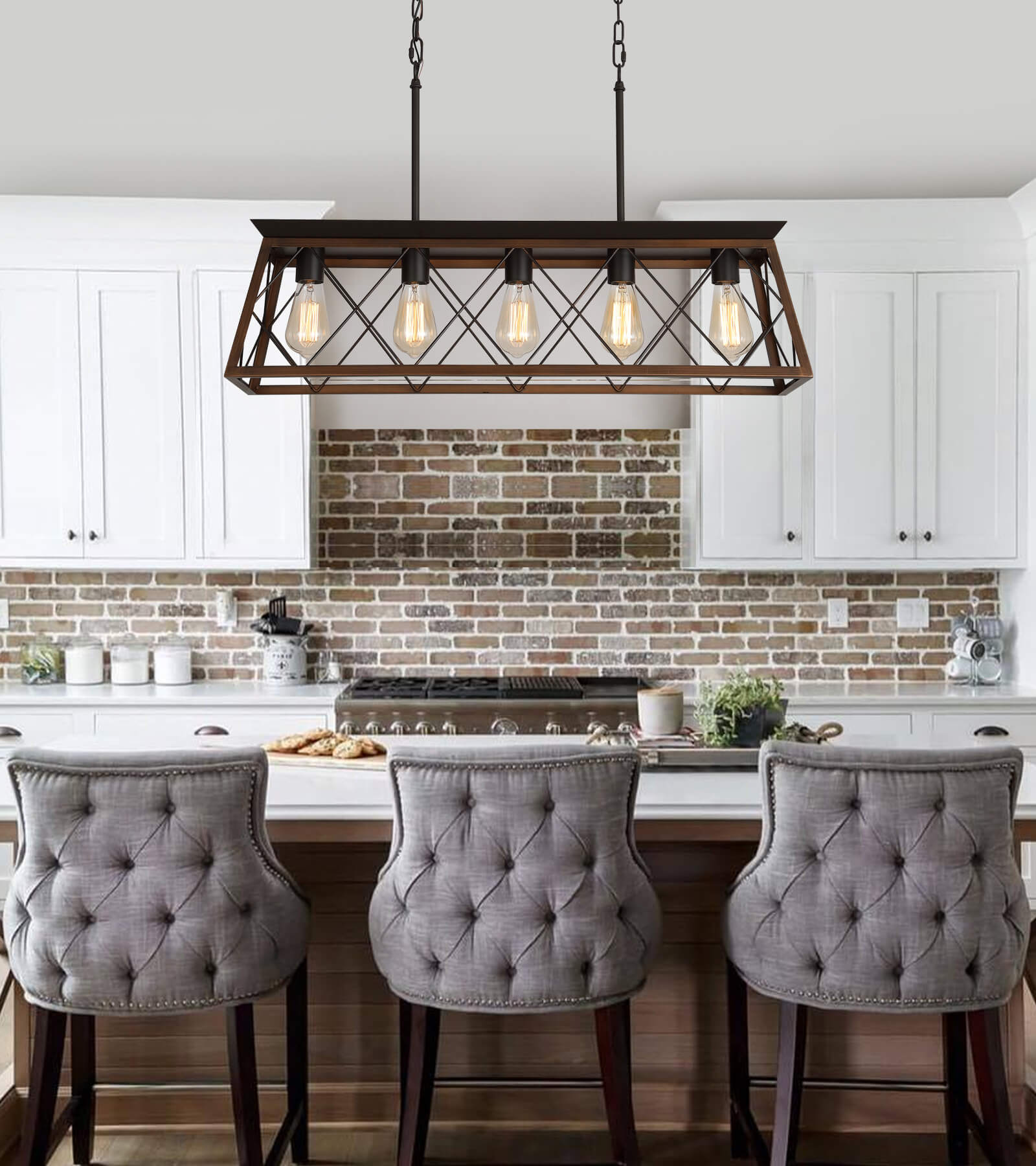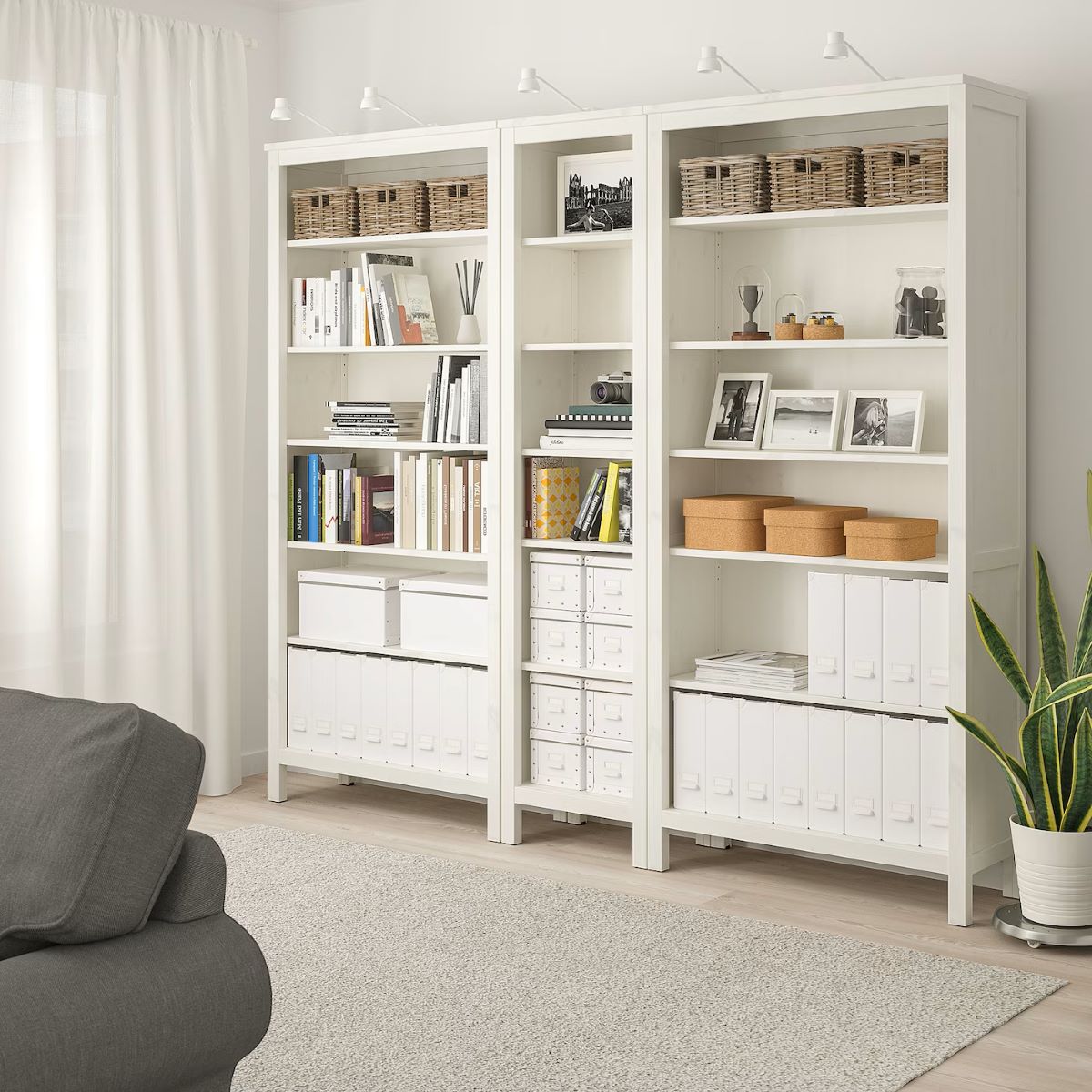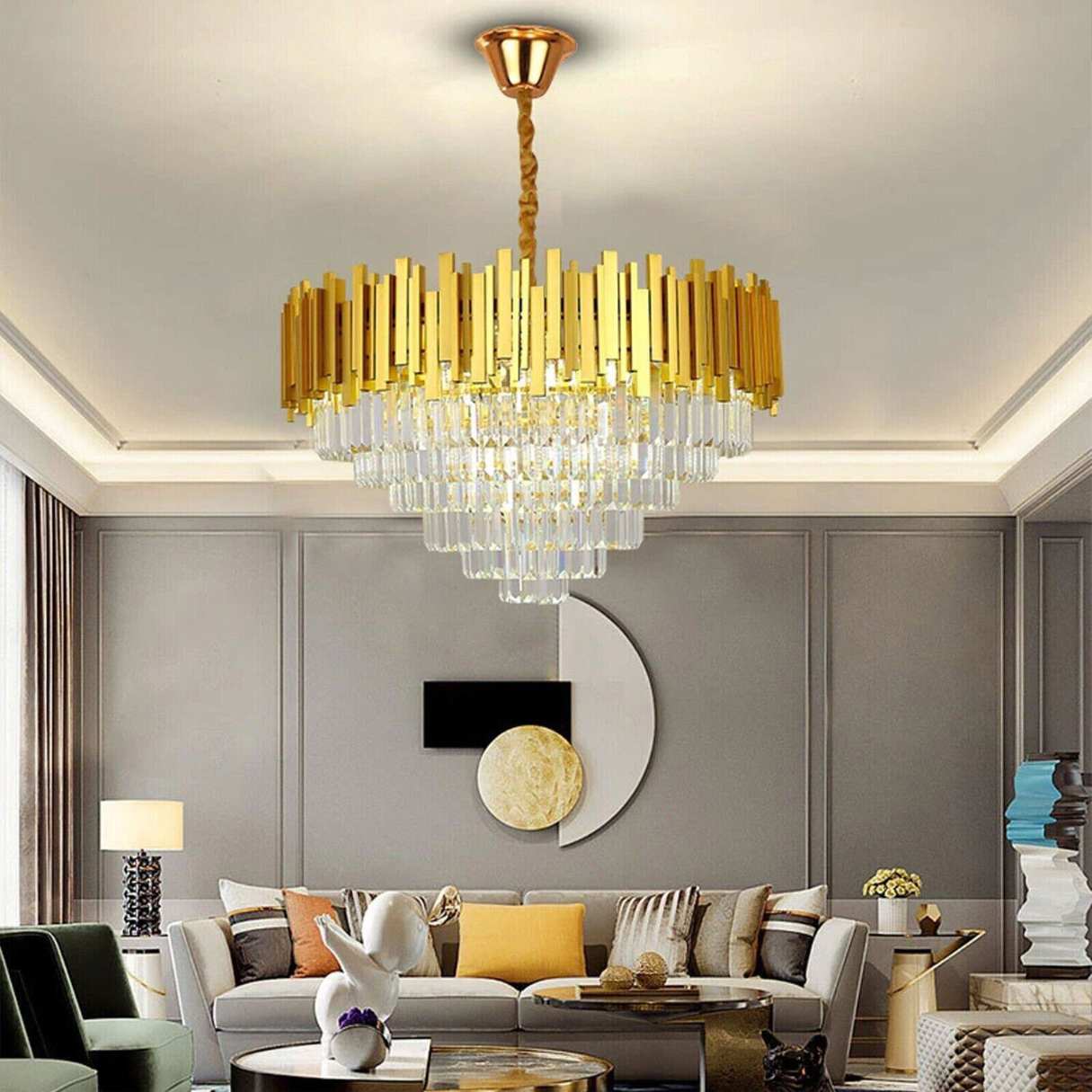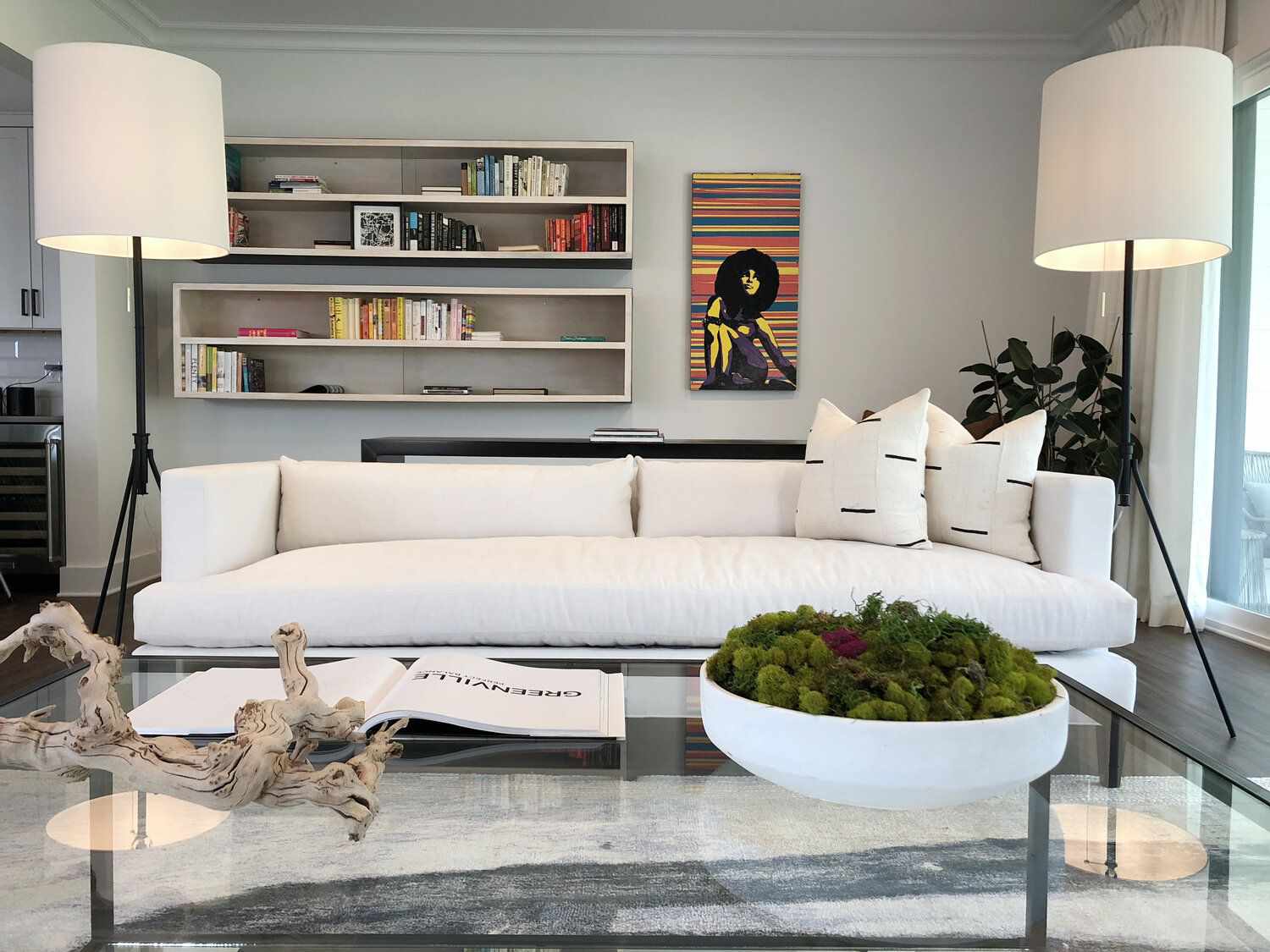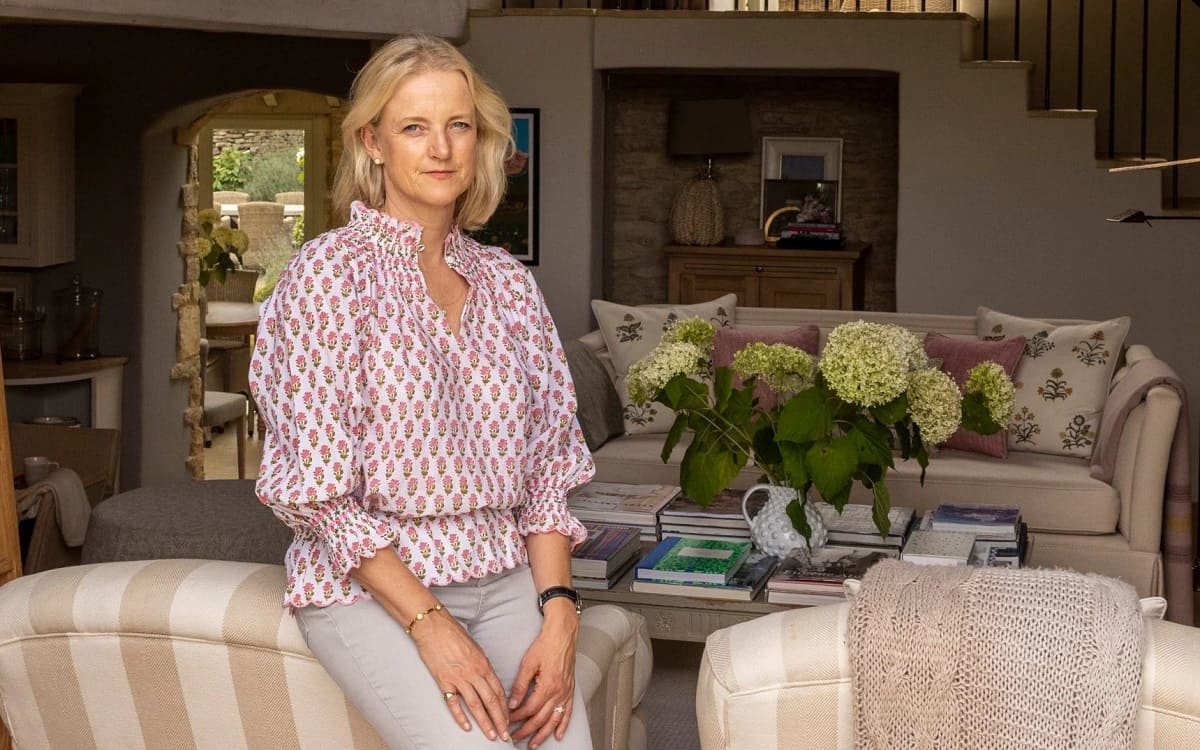Home> Modern Design
Modern Design: Unveiling the Secrets of Contemporary Aesthetics
Explore the world of Modern Design with us. Get insights into the contemporary aesthetics that transform spaces into art compacted within 160 characters.
12 Superior Rectangle Chandelier for 2024
By: James Anderson • Your Ultimate Guide To All Things Furniture
15 Unbelievable White Bookshelf for 2024
By: Henry Campbell • 100 Best Office Furniture That You Shouldn't Miss At All
11 Best Gold Chandelier for 2024
By: Sophia Turner • Your Ultimate Guide To All Things Furniture
Interior Designer Emma Sims-Hilditch: How ‘Trends’ Can Be Timeless
By: Ethan Hayes • Interior Design
